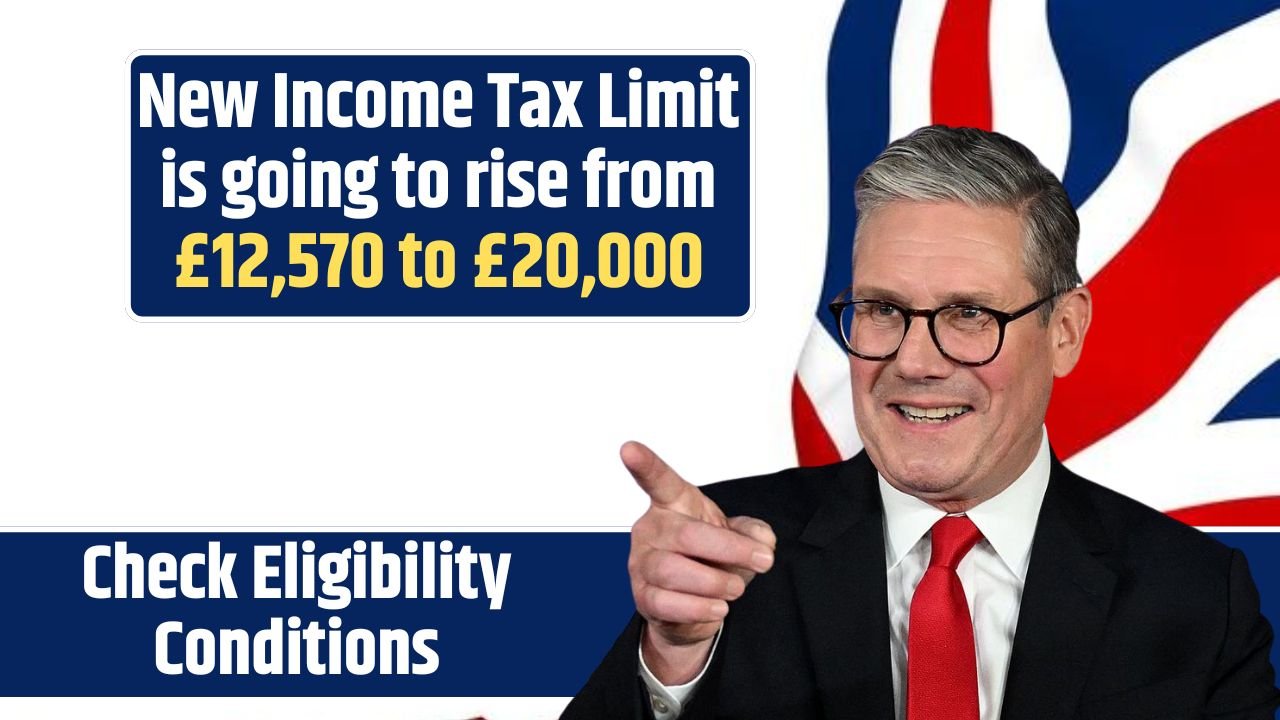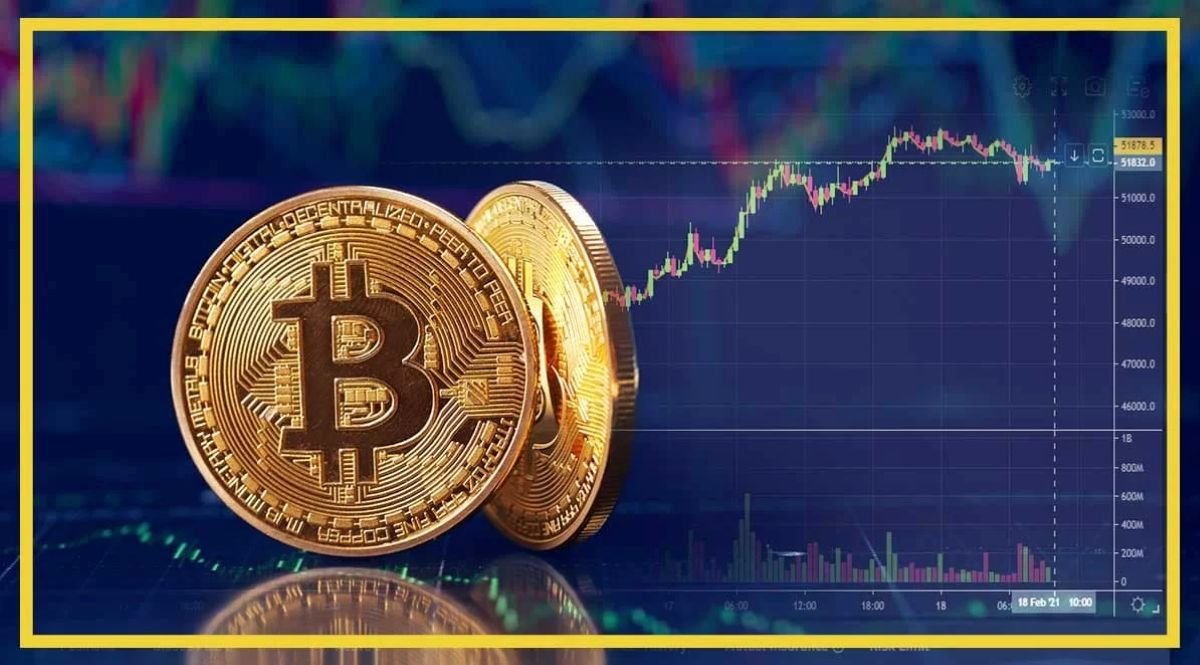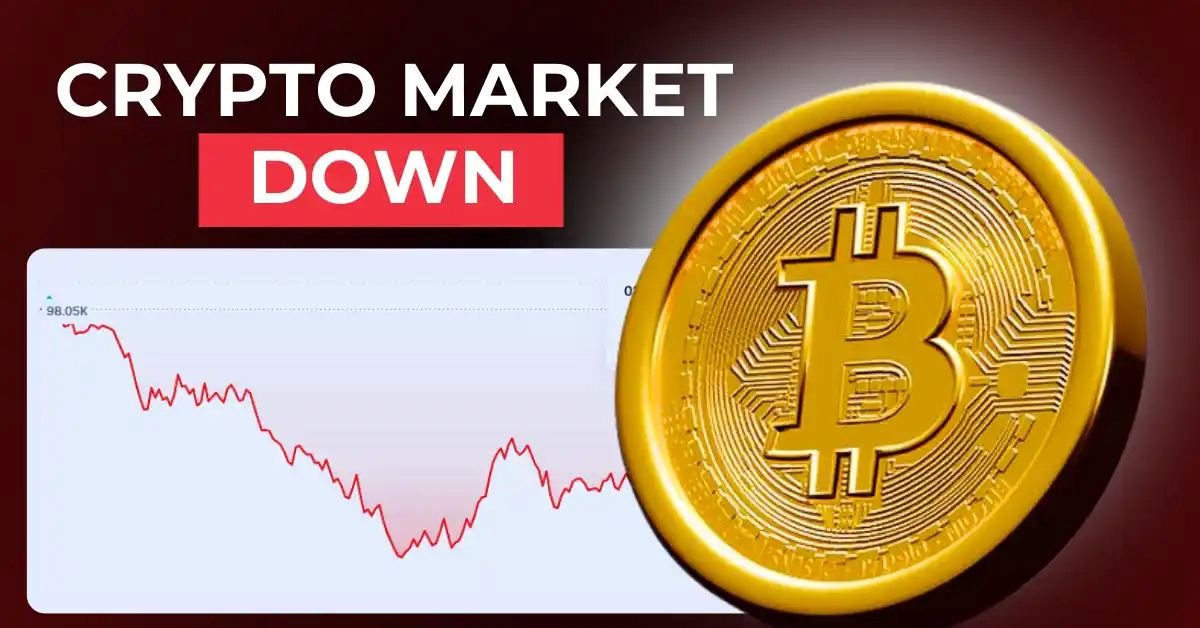Big News for UK Pensioners: Is a £20,000 Tax-Free Boost Coming?

The UK government is continuing its crucial support for households grappling with rising living costs, with a new £200 Cost of Living Payment expected in June 2025. This vital financial aid, distributed through the extended Household Support Fund, aims to assist low-income households and those facing significant financial hardship. It’s designed to help cover essential expenses like food, utility bills, and housing costs as inflation and energy prices continue to exert pressure. For many families and individuals across the UK, this £200 Cost of Living Payment could offer much-needed relief.
Table of Contents
Understanding the £200 Cost of Living Payment
The £200 Cost of Living Payment is a one-off sum issued directly by local councils across England. It forms a key part of the Household Support Fund (HSF), a national initiative that received an additional £742 million in April 2025 to extend its reach until at least March 2026. This fund empowers local authorities to provide targeted assistance to their most vulnerable residents. The payment’s purpose is to ease the financial burden on individuals and families struggling to afford daily essentials due to the persistent cost-of-living crisis. Unlike some broader DWP Cost of Living Payments, this £200 Cost of Living Payment through the HSF is often application-based and managed locally.
Who is Eligible for the £200 Cost of Living Payment?
Eligibility for the £200 Cost of Living Payment is determined by individual local councils, giving them the flexibility to address specific needs within their communities. However, general guidelines suggest that you might qualify if you are a UK resident residing in that local council area and are facing financial hardship. This often includes individuals receiving means-tested benefits such as Universal Credit, Income Support, Employment and Support Allowance (ESA), Jobseeker’s Allowance (JSA), Pension Credit, or Tax Credits. Importantly, even if you are not currently on benefits, you may still be eligible for the £200 Cost of Living Payment if you can demonstrate genuine financial hardship, such as having a household income below a certain threshold or very low savings. Councils frequently prioritise specific groups, including households with children, older people, disabled individuals, and unpaid carers, for the £200 Cost of Living Payment. It’s crucial to consult your specific local council’s website for their precise eligibility criteria.
How to Apply for the £200 Cost of Living Payment
Applying for the £200 Cost of Living Payment typically involves a direct application to your local council, as it’s not an automatic payment for most recipients. The first step is to identify your local council, which you can usually do using the GOV.UK “Find Your Local Council” tool. Once on their website, navigate to the Household Support Fund section or search for “Cost of Living Help.” Here, you will find detailed information on eligibility and the application process for the £200 Cost of Living Payment.
You will generally need to gather supporting documents, which may include proof of income (like bank statements or wage slips), benefit award letters if applicable, and proof of identity and address. Most councils facilitate applications through an online form, though telephone or in-person assistance may also be available. Given that funds are often limited and processed on a first-come, first-served basis, applying as early as possible after the scheme opens in June 2025 is advisable to increase your chances of receiving the £200 Cost of Living Payment. Councils usually aim to respond within 2 to 4 weeks.
Payment Dates and Methods for the £200 Cost of Living Payment
The £200 Cost of Living Payment is scheduled to begin rolling out in June 2025. However, it is essential to remember that the exact payment dates will vary significantly from one local council to another. Each council has its own internal processes and disbursement schedules. Some areas may make direct bank transfers, depositing the £200 Cost of Living Payment straight into your nominated account. Others might issue vouchers that can be used for food at supermarkets or to help with energy bills. Therefore, checking your specific local authority’s website or contacting them directly is the best way to ascertain the precise timing and method of your £200 Cost of Living Payment. Be vigilant for official communications from your council regarding the status of your application and impending payment.
Additional Support Beyond the £200 Cost of Living Payment
While the £200 Cost of Living Payment provides valuable immediate relief, it’s worth noting that other support programs are available to help households struggling with expenses. These can often be accessed alongside the Household Support Fund payment, offering cumulative benefits. Examples include the Warm Home Discount, which provides a £150 discount on electricity bills during winter, and Cold Weather Payments, offering £25 for each week of freezing temperatures between November and March for eligible benefit claimants.
Further assistance can come through Council Tax Reduction schemes, which can significantly reduce monthly Council Tax bills for low-income households, and Free School Meals or food vouchers for eligible children during term time and holidays. If you’re experiencing financial difficulty, it’s highly recommended to explore all available avenues of support. Information on these programs is typically available on GOV.UK and through local council websites or advice services like Citizens Advice. Proactively seeking out this additional aid, in conjunction with the £200 Cost of Living Payment, can significantly ease financial pressure during these challenging times.
is artical ko matr 790 sabdo me likho lekin yese likho ki ye kisi bhi yengal se ai content na lage or sirf hending sabheding or small peragraf likho sath hi focsh keyword ko bar bar repit kro or artical english meho – Financial Boost for State Pensioners: New Income Tax Limit is going to rise from £12,570 to £20,000
By Eleena Cordelia
Published on: June 3, 2025
A growing public push to raise the UK’s income tax personal allowance from £12,570 to £20,000 has gained major momentum, as a petition launched by Alan David Frost passed the critical 100,000-signature threshold, triggering mandatory consideration for a Parliamentary debate. With more than 133,000 signatories and counting, the call reflects growing concern about the financial pressure on low-income earners and pensioners.
What Is the Personal Tax Allowance?
The Personal Allowance is the amount of income an individual can earn before they begin paying income tax. For most taxpayers, this threshold is currently £12,570 and has been frozen since 2021. As wages and inflation continue to rise, the frozen allowance is pulling more low-income earners into the tax system.
Why Raise the Personal Allowance to £20,000?
UK £200 Cost of Living Payment Coming June 2025 – Check Out Payment Date, Eligibility & Status
The petition argues that increasing the threshold would:
1. Help Low Earners
By raising the threshold, more individuals would pay no income tax, boosting take-home pay and providing relief amid the ongoing cost of living crisis.
2. Support Pensioners
Many pensioners receive just above the current allowance in State Pension, meaning they’re now taxed despite living on a fixed income. An increase to £20,000 would eliminate tax liabilities for most retirees.
3. Reduce Benefit Dependency
DWP PIP benefits cheat mum told to repay £20k after Facebook pictures caught her out
Higher net income may reduce the need for support like Universal Credit, lessening dependency on state benefits.
4. Stimulate Economic Growth
More disposable income could encourage consumer spending, helping to stimulate the broader economy.
Potential Tax Savings
If implemented, taxpayers could benefit significantly:
Annual IncomeTax Saved (Est.)£20,000Up to £1,486£25,000Up to £1,486£30,000Up to £1,486
DWP confirmed £5,600 per year to State Pensioners born before 1959: Check Eligibility Conditions
The tax benefit caps at around £1,486 per person for basic-rate taxpayers.
What Are the Downsides?
Loss of Revenue
Raising the allowance could cost the government between £40–£50 billion annually, putting pressure on public finances.
Service Cuts or Tax Rises
To offset this, the government may need to consider cuts to services or increases in other taxes such as VAT or National Insurance.
Inflation Risk
A sudden rise in disposable income could fuel demand-driven inflation, worsening the cost-of-living situation.
What Happens Next?
The process for public petitions in the UK follows specific steps:
MilestoneAction Triggered10,000 signaturesGovernment must issue a formal response100,000 signaturesParliament must consider holding a public debatePetition deadline (20 June)Public can continue to sign until the closing date
Whether or not the proposal becomes law depends on Parliamentary debate, government stance, and future fiscal decisions.
Government’s Position So Far
The previous Conservative government froze the personal allowance until April 2028, arguing it was a necessary step to manage public debt post-pandemic. However, critics say this is effectively a stealth tax, dragging more people into paying income tax as wages rise.
Any change would require compensatory measures, such as new taxes or cuts elsewhere, to ensure fiscal neutrality.
What Is Marriage Allowance?
For couples, additional support exists under the Marriage Allowance, which allows one partner to transfer £1,260 of their unused Personal Allowance to the other—if eligible. This could result in tax savings of up to £252 per year.
Additionally, older couples where one partner was born before 6 April 1935 may qualify for the Married Couple’s Allowance, offering further tax relief.
A Major Policy Shift?
Raising the Personal Allowance to £20,000 would be one of the largest income tax reforms in modern UK history. While the economic and social benefits are clear for lower-income groups, the fiscal trade-offs and political appetite for such a change remain uncertain.
The petition remains open until 20 June 2025, and those wishing to show support can still add their names on the official UK Government petitions site.
The ongoing debate about the UK’s income tax Personal Allowance has reached a crucial point, with a significant public petition calling for an increase from £12,570 to £20,000 now triggering parliamentary consideration. This widespread call reflects a growing concern about the financial pressure on low-income earners and particularly, state pensioners. The potential for a Financial Boost for State Pensioners and other lower-income groups through a raised Personal Allowance is immense, but it also comes with considerable fiscal implications.
Understanding the Personal Tax Allowance and the Call for Change
The Personal Allowance is a fundamental component of the UK’s income tax system. It represents the amount of income an individual can earn in a tax year before they become liable to pay any income tax. For the vast majority of taxpayers, this crucial threshold has been frozen at £12,570 since 2021. This freeze, in an environment of rising wages and persistent inflation, has effectively pulled more low-income earners into the tax net, a situation many critics describe as a ‘stealth tax’.
A petition launched by Alan David Frost has gained significant traction, surpassing the critical 100,000-signature mark and currently standing at over 133,000 signatories. Reaching this threshold mandates that Parliament consider holding a public debate on the matter. The core argument of this petition is to raise the Personal Allowance to £20,000, aiming to provide a substantial Financial Boost for State Pensioners and other vulnerable groups.
The Compelling Arguments for Raising the Personal Allowance to £20,000
Advocates for increasing the Personal Allowance to £20,000 put forward several compelling reasons, highlighting its potential to offer a much-needed Financial Boost for State Pensioners and broader economic benefits.
Firstly, a higher threshold would significantly Help Low Earners. By exempting more individuals from income tax, their take-home pay would increase, providing direct relief amid the ongoing cost-of-living crisis. This immediate financial boost could improve household budgets and reduce reliance on credit.
Secondly, it would provide crucial Support for Pensioners. Many pensioners, especially those relying primarily on the State Pension, find their incomes just above the current £12,570 allowance. This means they are currently taxed despite living on a relatively fixed and modest income. An increase to £20,000 would largely eliminate income tax liabilities for most retirees, offering a significant Financial Boost for State Pensioners who often struggle with rising costs without the flexibility of increasing their earnings.
Thirdly, proponents argue that a higher net income could Reduce Benefit Dependency. If individuals have more disposable income from their earnings, their need for state support like Universal Credit might decrease, potentially lessening overall dependency on welfare benefits and simplifying the benefit system for some.
Finally, increased disposable income could Stimulate Economic Growth. With more money in people’s pockets, consumer spending is likely to rise, which in turn can stimulate demand across various sectors of the economy, contributing to broader economic growth. The potential for a Financial Boost for State Pensioners to translate into economic activity is not insignificant.
Potential Impact: Tax Savings and Downsides
If the Personal Allowance were to be raised to £20,000, taxpayers, particularly those on basic rates, could see substantial savings. For individuals earning above £20,000, the tax benefit is estimated to cap at around £1,486 per person annually. This saving represents a tangible Financial Boost for State Pensioners and other basic-rate taxpayers.
However, such a significant policy shift also comes with considerable downsides. The primary concern is the Loss of Revenue for the government. Raising the allowance to £20,000 could cost the Treasury between £40–£50 billion annually. This massive shortfall would put immense pressure on public finances, necessitating difficult decisions. To offset this, the government might have to consider Service Cuts or Tax Rises elsewhere, such as increases in VAT or National Insurance, which could negate some of the intended benefits. There’s also an Inflation Risk; a sudden surge in disposable income could potentially fuel demand-driven inflation, paradoxically worsening the cost-of-living situation the allowance increase aims to alleviate.
What Happens Next and Government’s Stance
The UK public petition process follows a clear structure: 10,000 signatures trigger a formal government response, and 100,000 signatures mandate parliamentary consideration for a debate. The petition for the £20,000 Personal Allowance has successfully cleared these hurdles. However, whether the proposal becomes law ultimately depends on parliamentary debate outcomes, the government’s prevailing fiscal stance, and future budget decisions.
The previous Conservative government had frozen the Personal Allowance until April 2028, arguing it was a necessary step to manage public debt post-pandemic. Critics, however, have consistently labelled this freeze as a ‘stealth tax’ that quietly draws more people into the tax system as wages nominally rise. Any significant change to the Personal Allowance, such as raising it to £20,000, would undoubtedly require compensatory measures—be it new taxes elsewhere or substantial cuts to public services—to ensure fiscal neutrality and avoid destabilizing the nation’s finances. While the social arguments for a Financial Boost for State Pensioners and low earners are strong, the economic trade-offs remain a central challenge.
Additional Tax Relief for Couples
It’s also worth noting that existing support for couples can complement any future changes to the Personal Allowance. The Marriage Allowance allows one partner to transfer £1,260 of their unused Personal Allowance to the other, potentially resulting in tax savings of up to £252 per year for eligible couples. Furthermore, older couples where one partner was born before April 6, 1935, may qualify for the Married Couple’s Allowance, offering additional tax relief. These existing mechanisms provide some level of a Financial Boost for State Pensioners who are married or in civil partnerships.
Raising the Personal Allowance to £20,000 would represent one of the most significant income tax reforms in modern UK history. While the clear economic and social benefits for lower-income groups and the potential for a substantial Financial Boost for State Pensioners are evident, the fiscal challenges and the political will to implement such a change remain subjects of intense debate and future decision-making.




